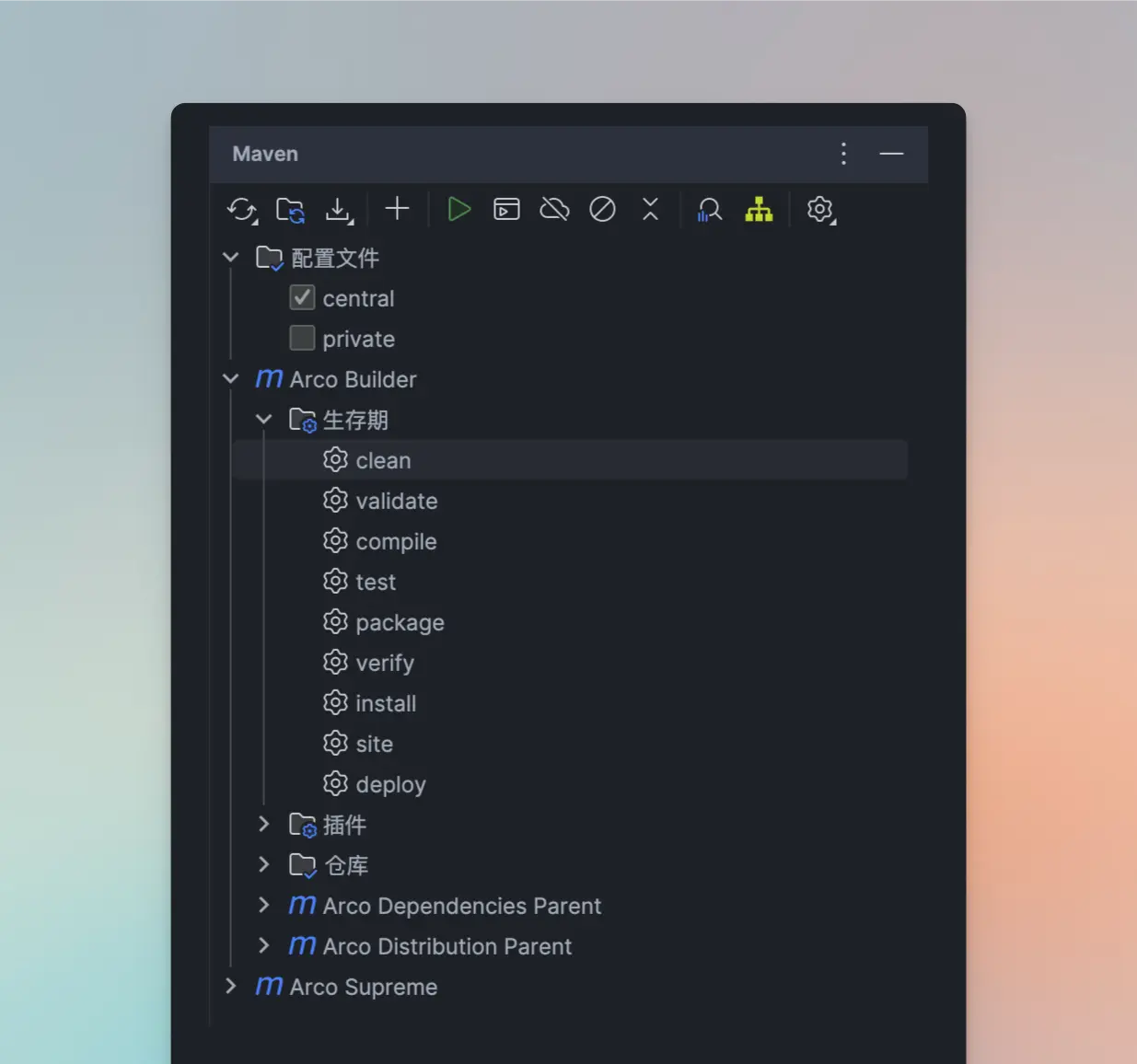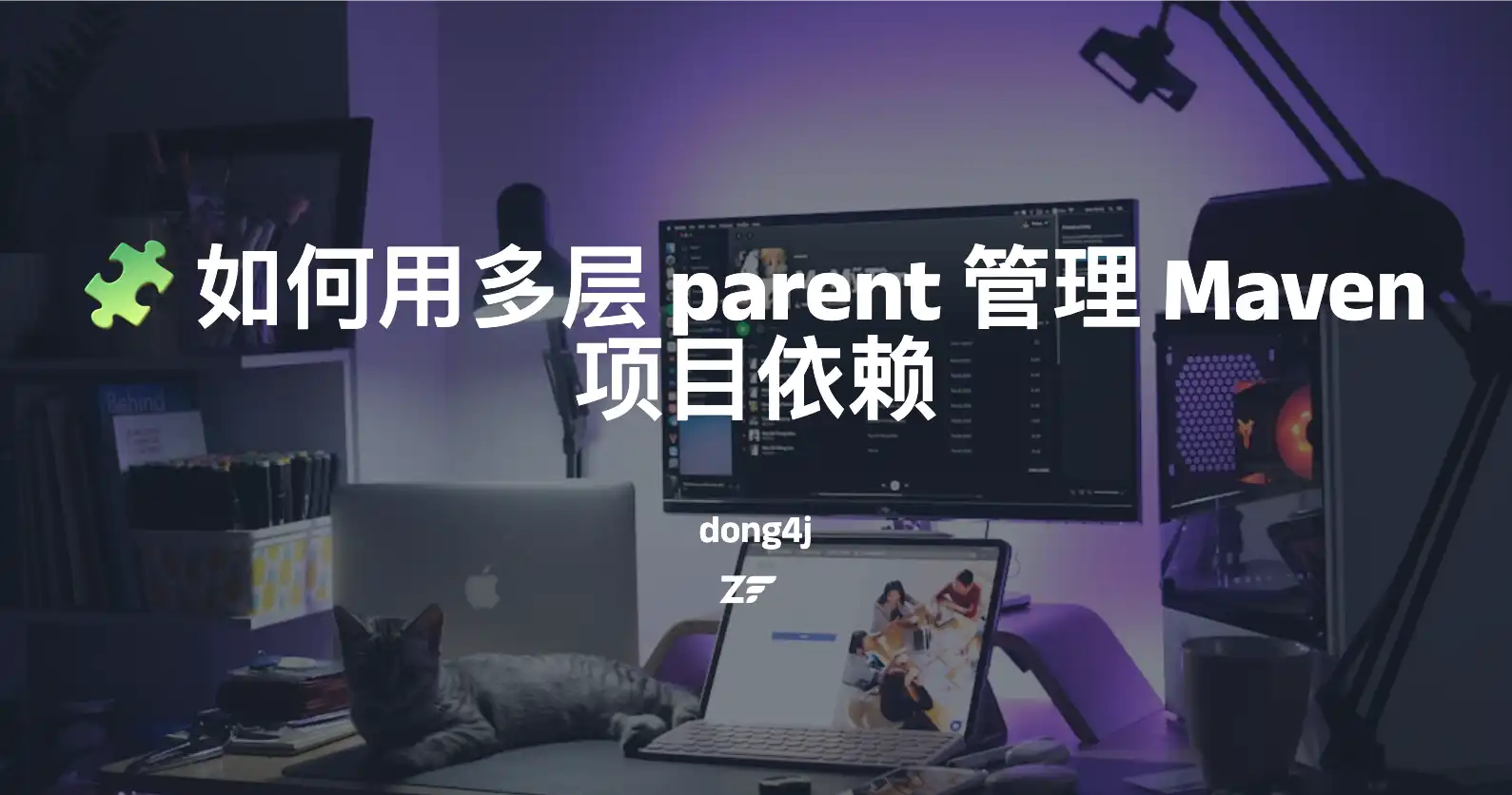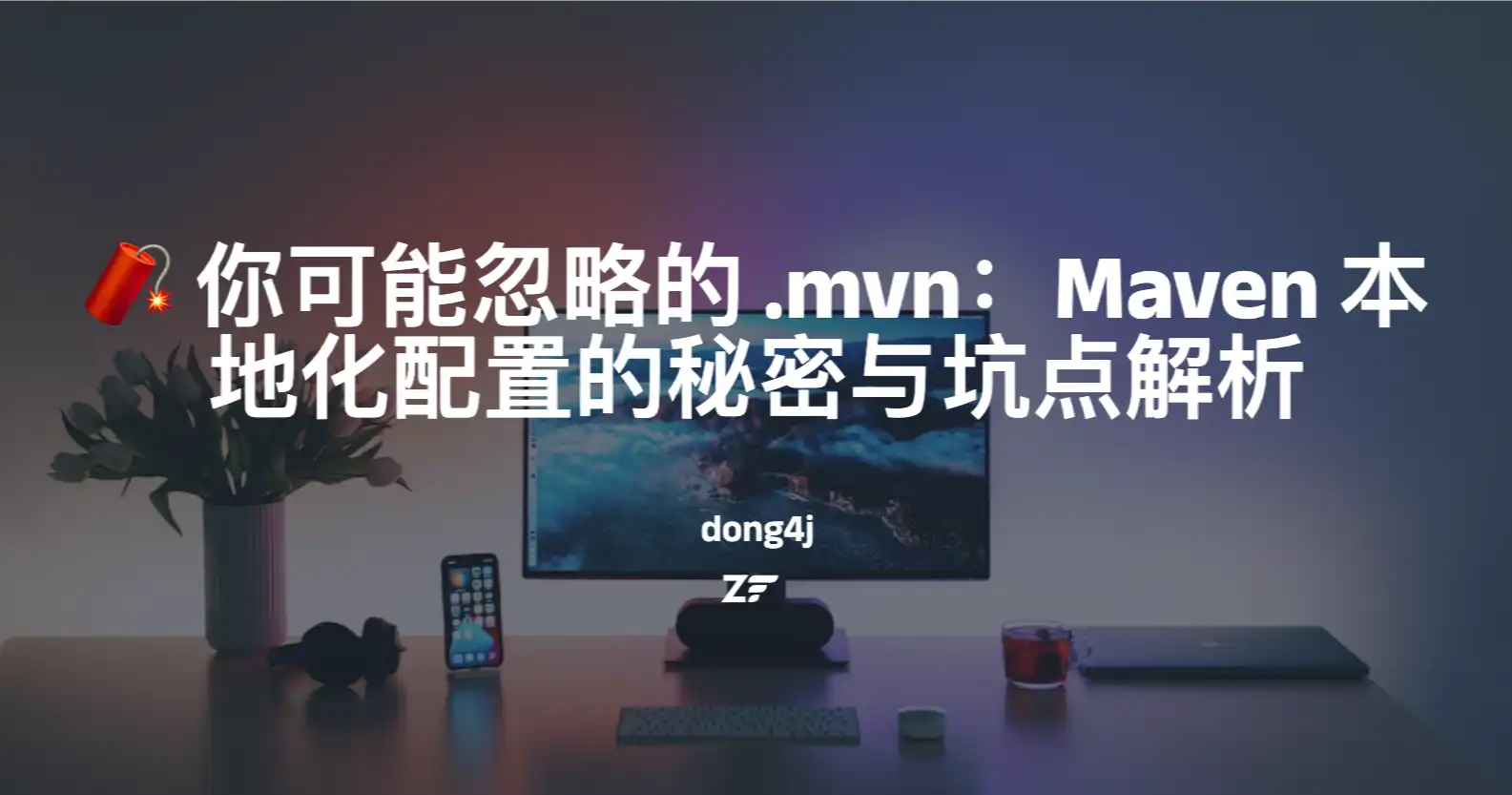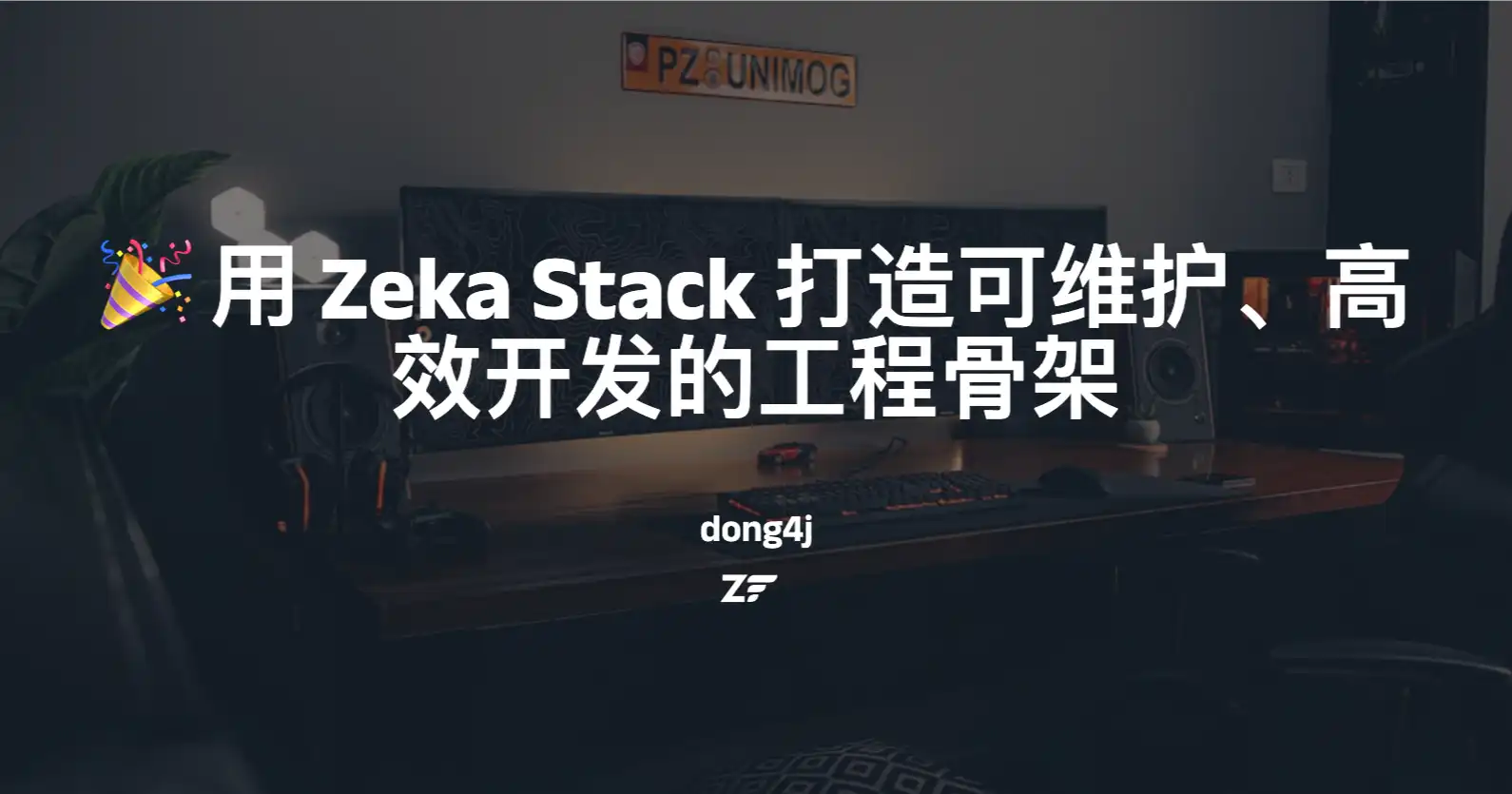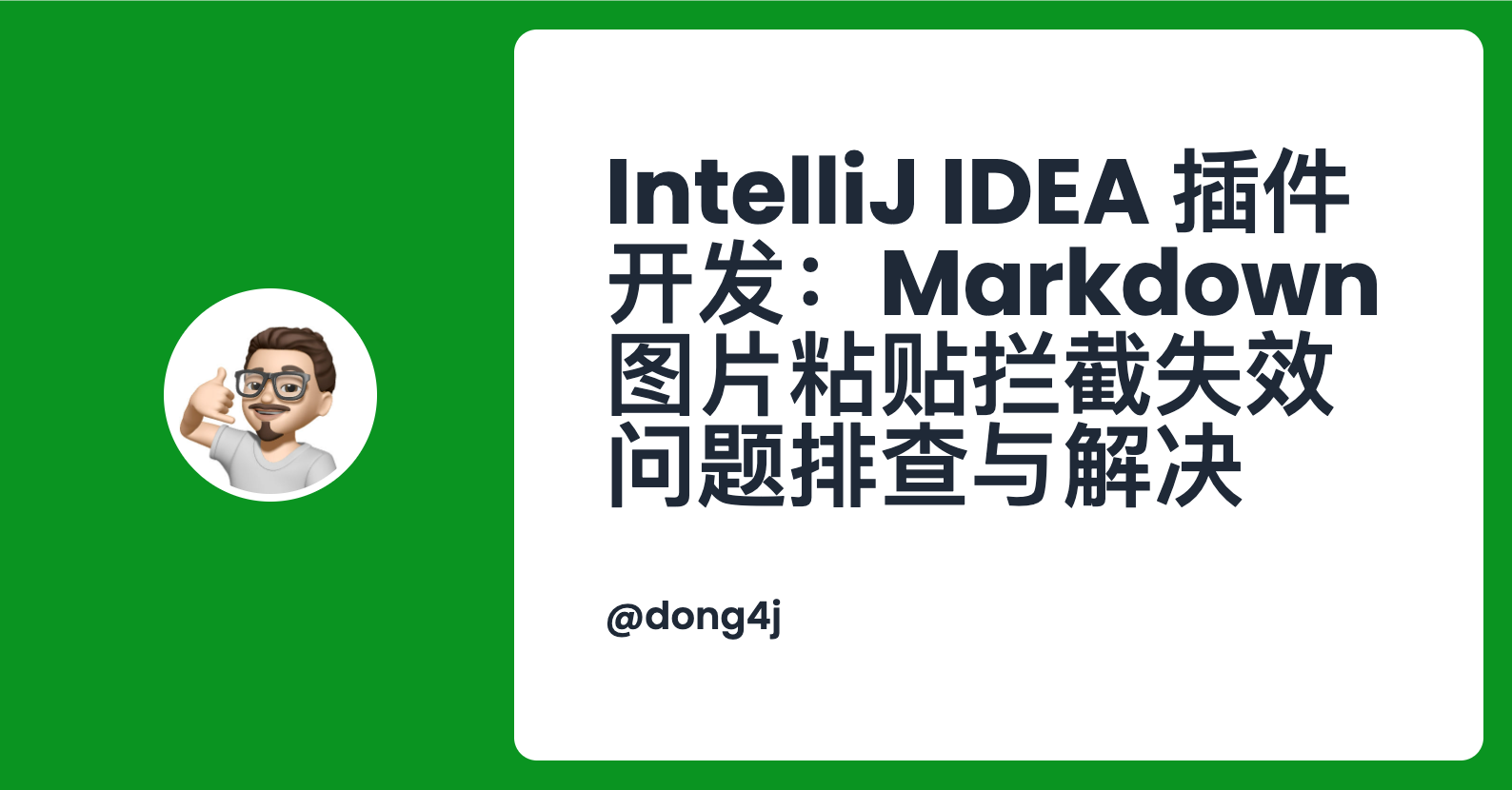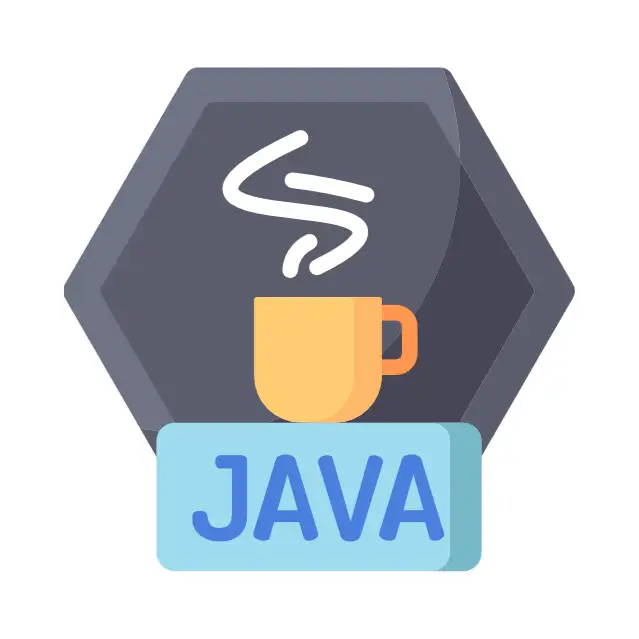🧪 Maven Profiles 的使用场景案例分享
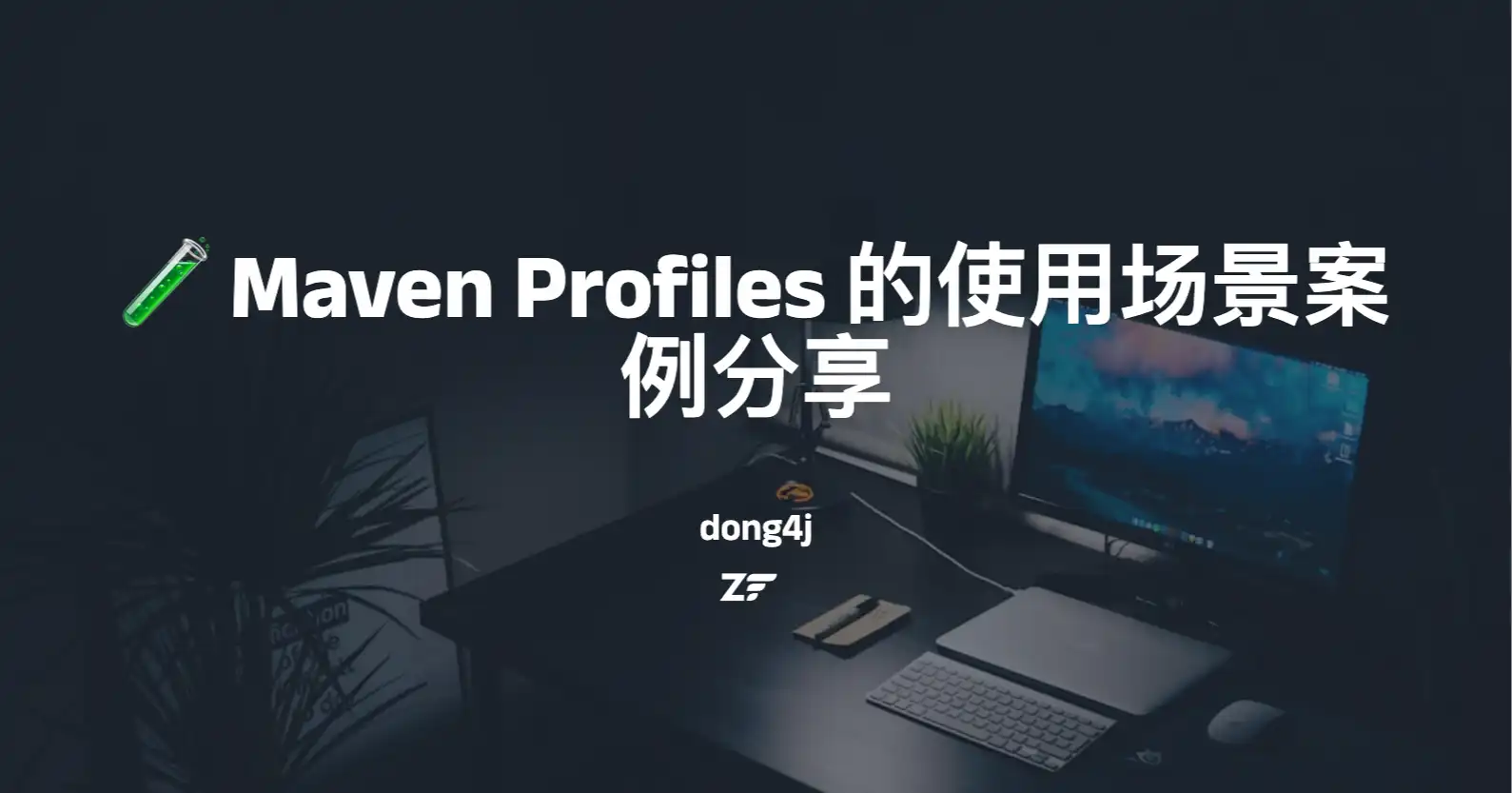
🧪 Maven Profiles 的使用场景案例分享
dong4j📖 简介
在上一篇 🚀 从注册到发布:Maven 中央仓库上传 jar 实践 中,我们成功将本地 jar 包上传到了 Maven 公共仓库。
那篇文章的配置比较基础,主要目的是跑通流程。而在实际开发中,为了更好地适配不同环境,还需要做一些必要的优化配置。就像写代码一样,第一步是跑通,再逐步打磨细节,这次我们就来看看如何通过 Maven Profiles 实现多环境切换。
所以这篇文档我将介绍 Maven 的 Profiles 配置, 目标是让 Zeka.Stack 相关的组件既能上传到 Maven 公共仓库, 也能让大家在进行二次开发后, 只上传到公司 Maven 私服.
当然这仅仅是 Maven 的 Profiles 的一个实际应用场景, 其他还比如 根据不同 Profile 引入或排除某些依赖; 针对多模块项目,通过 Profiles 控制是否构建某些子模块; 结合 resources 标签中的 <filtering>true</filtering>,实现配置文件模板化等等场景.
🔀 deploy 环境切换
直接上配置:
1 | <!-- 通过配置切换部署的仓库 --> |
我的目的非常简单:
- 我在维护 Zeka.Stack 项目时, 为了方便大家单独使用某些组件, 最简单的方式就是上传到 Maven 公共仓库, 这样大家就不需要本地编译了, 所以我的第一个配置就是
central, 里面是将 jar 包部署到 Maven 公共仓库所必须的插件; - 等 Zeka.Stack 做大做强之后, 有些小伙伴就会 clone 源码进行二次开发, 修改为自己的脚手架, 那就得部署到公司的 Maven 私服, 所以第二个配置就是
private, 用于添加公司的distributionManagement配置.
你就说我考虑的周不周到吧.
你也别使用命令行操作 mvn 了, 因为每次还要加上 -P 参数, 不可能现在还没有用 IDEA 开发 Java 项目的小伙伴吧. 在 IDEA 的 Maven 面板可以方便的选择 Profiles:
⚙️ settings.xml 配置
要实现我上面的目标, 单单在 pom.xml 中添加 profiles 是无法实现的, 因为上传 Maven 仓库还需要认证的配置, 所以我们还需要配置 settings.xml:
1 |
|
这里为啥使用 ${env.xxx} 环境变量? settings.xml 不是存储在本地的吗? 如果使用环境变量来保证安全性是不是太画蛇添足了?
你是不是满脸问号? 就像他一样
既然使用了环境变量来保证安全性, 我肯定是将 settings.xml 放在了项目中, 至于为什么这样做, 我想在 🧨 你可能忽略的 .mvn:Maven 本地化配置的秘密与坑点解析 一文中分享我的想法.
📦 依赖切换
另一个比较常见的场景是这样的:
人大金仓的数据库都用过吧, 你说你没用过? 那你一定没开发过政府项目.
我们生产环境使用的数据库是 人大金仓, 而开发和测试环境则使用的 PostgreSQL, 你问我为啥不在开发和测试环境也部署一套 人大金仓, 我只能说 得加钱.
所以这就出现了一个问题: 负责部署的同学还要手动修改 pom.xml 的依赖来打包:
- 非生产环境把
kingbase8依赖注释掉, 取消postgresql的依赖注释; - 生产环境打包时则反过来;
你就说这是不是人干的事? 这完全可以通过 Maven Profiles 来解决:
1 | <profiles> |
打包时可以直接操作 IDEA 来选择不同的依赖, 如果有 CI/CD 环境, 使用 -P 配置即可.
📌 Profiles 必知必会
通过上面 2 个案例, 我们了解到 Maven Profiles 的部分使用方式, 如果想详细了解 Profiles 的话, 官方文档 肯定是要看一遍的, 我这里总结了几个经常使用到的知识点, 扩充一下非主线知识库.
🧩 多 profiles 同时激活
All profile elements in a POM from active profiles overwrite the global elements with the same name of the POM or extend those in case of collections. In case multiple profiles are active in the same POM or external file, the ones which are defined later take precedence over the ones defined earlier (independent of their profile id and activation order).
翻译过来就是:
当某个 POM 中的 profile 被激活后,profile 中的配置会覆盖 POM 中同名的全局元素;对于集合类型的元素,则是扩展(合并)。如果同时激活了多个 profile,那么定义在后面的 profile 会覆盖前面定义的(无论 profile 的 ID 和激活顺序如何)。
上面的描述分为下面 3 种情况.
🧹 覆盖原配置
POM 中被激活的 profile 里的元素,会覆盖 POM 中同名的全局配置项.
1 | <build> |
如果激活 prod profile,<finalName> 就会变成 prod-name,覆盖掉全局的 default-name。
➕ 追加配置
如果是集合类型(如 <plugins>, <dependencies>),则不是替换,而是追加.
1 | <dependencies> |
🎯 优先级
如果激活了多个 profile,并且它们在同一个 POM 或外部文件中定义,那么后定义的 profile 的配置优先生效,即使它的 <id> 比前面的字母靠前、或激活顺序早,也不会改变这一规则。
1 | <profiles> |
如果两个 profile 都被激活了,最终 env.name=second,因为 second profile 是后来定义的。
所以问题来了, 下面的配置我如果同时激活 central 和 private 的话, 会出现什么情况:
1 | <!-- 通过配置切换部署的仓库 --> |
- 因为 central 和 private 分别配置了 不同的构建元素(
<build>vs<distributionManagement>),它们会“合并生效”,而不是互相覆盖。 - 项目新增了
central-publishing-maven-plugin等在内的 maven plugin; - Maven **只允许有一个
<distributionManagement>**,所以只要 private 中配置了,它就会覆盖掉默认或全局的设置。
如果 distributionManagement 的 url 不是一个有效的地址的话, 那么 deploy 阶段就会报错, 虽然 central-publishing-maven-plugin 内部也会执行 deploy 操作, 但是必定不会执行这块逻辑, 所以你就知道了怎么配合使用 central 和 private 了:
- 如果你想 deploy 到 Maven 私服, 同时开启和只开启
private结果是一样的, 因为只会使用distributionManagement配置; - 如果只想 deploy 到 Maven 公共仓库, 记得只开启
central;
🔔 激活配置
🧭 Explicit Activation
官方翻译过来是 显式激活, 也就是 手动激活 的意思. 按照官方的文档描述, 可以通过命名行参数 -P 来显式指定 profile, 也可以在 settings.xml 中配置 activeProfiles, 还可以在 pom.xml 中配置 activeByDefault.
经过上面一套组合拳下来后, 完全懵逼了, 比如我在 settings.xml 中配置为:
1 | <activeProfiles> |
然后在 pom.xml 配置了:
1 | <profile> |
然后我使用 mvn deploy -P private, 最后到底使用了哪个 profile?
所以这里就引出了 Maven 中 profile 三个定义位置的优先级问题:
| 优先级 | 定义位置 | 说明 |
|---|---|---|
| 1️⃣ | 命令行参数 -P 激活的 profile | 显式激活,优先级最高 |
| 2️⃣ | settings.xml 中定义的 profile(并激活) | 用户或系统级别配置,覆盖 pom.xml |
| 3️⃣ | pom.xml 中定义的 profile | 项目本地配置,优先级最低 |
所以像我上面的配置的话, 当打开 IDEA 加载 Maven 项目时, 生效的 profile 应该是 central.
而 activeByDefault 可以理解为一个 兜底配置, 如果我没有手动选择的话 (在 IDEA 中勾选 private 配置), 则会优先使用 settings.xml 中配置的 central .
这里结合 3 个地方的配置做一个总结:
命令行显式激活(最高优先级)
1
mvn deploy -P private
- 用
-P指定 profile,可以一次激活多个(用逗号分隔); - 会覆盖 POM 中 activeByDefault=true 的 profile;
- 与 settings.xml 中的
<activeProfiles>并列生效, 所以最终生效的是central和private;
- 用
在 settings.xml 中配置
<activeProfiles>1
2
3
4
5<settings>
<activeProfiles>
<activeProfile>central</activeProfile>
</activeProfiles>
</settings>- 定义了 profile ID 列表,只要使用 Maven,它们都会自动被激活;
- 不管项目里有没有定义该 profile,都尝试激活(Maven 4 开始更严格,见下文);
- 和命令行
-P激活是 并列的,不会被覆盖。
POM 中的自动激活(activation 配置)
1
2
3
4
5
6
7<profile>
<id>private</id>
<activation>
<activeByDefault>true</activeByDefault>
</activation>
…
</profile>- 意味着 “如果没有其他 profile 被显式激活,就用我”;
- 一旦有命令行 -P 或 settings.xml 中的 profile 被激活,该 activeByDefault 自动失效;
- 类似“兜底默认配置”。
🆕 Maven 4 的变化
Maven 4 开始,不存在的 profile ID 默认会报错!
这就引出了这句:
1 | mvn clean install -P profile-1,?profile-2 |
?profile-2:如果profile-2存在就激活,如果不存在就忽略;- 没加 ? 的 profile,如果不存在,会报错;
- 这个写法非常适合跨项目通用命令行,比如 CI/CD 中用到。
📊 激活优先级和规则
| 激活方式 | 示例 | 优先级 | 是否会覆盖 default profile |
|---|---|---|---|
| ✅ 命令行 -P | mvn install -P prod | 🔝 最高 | ✔ 会覆盖 <activeByDefault> |
| ✅ settings.xml 中配置 | <activeProfile>dev</activeProfile> | 中等 | ✔ 会覆盖 <activeByDefault> |
| ✅ POM 中自动激活 | <activeByDefault>true</activeByDefault> | 最低 | ❌ 会被其他方式激活的 profile 自动禁用 |
💡 实用建议
| 场景 | 推荐做法 |
|---|---|
| 本地开发环境切换 | 用 -P dev, -P test 明确指定 |
| 默认 profile 配置兜底 | 用 <activeByDefault>true</activeByDefault> |
| CI/CD 不确定 profile 存在与否 | 使用 -P ?ci 避免报错 |
| 多开发者或多环境 | 使用 settings.xml 配置本地私有 profile 激活,无需改项目 POM |
🌱 Implicit Profile Activation
翻译过来是: 隐式激活, 也就是可以根据某些条件 自动激活 某个或某些 profile, 比如:
根据操作系统
1
2
3
4
5<activation>
<os>
<name>Windows 10</name>
</os>
</activation>根据 JDK 版本
1
2
3<activation>
<jdk>1.8</jdk>
</activation>根据存在的文件
1
2
3
4
5<activation>
<file>
<exists>${basedir}/somefile.txt</exists>
</file>
</activation>
还有一些非主流的 自动激活 规则, 可以看看 官方文档.
那么问题又来了, 比如我使用 os 来激活 central 配置 (不合理哈, 只是一个例子):
1 | <profiles> |
那我在 macOS 中执行 mvn deploy -P private 时哪个配置生效了?
值得说明的是 隐式激活 的生效规则:
- 取决于运行环境;
- 可以同时生效;
- 与显式激活的 profile 合并时,如果有重复字段,后定义的覆盖前者(如 plugin、property 等)
所以答案是: central 和 private.
🌍 使用 profiles 切换环境
在早期项目中,我们常通过 Maven Profiles 来打包不同环境下的配置文件,例如 这篇文章 所描述的做法:为每个环境分别构建一个部署包。这确实是 Maven Profiles 的一种典型应用场景,但如今已不再推荐这样使用。
一方面,微服务架构普及后,配置中心已成为主流做法,本地配置逐渐被抽离。另一方面,即使是单体应用,我也不建议将特定环境的配置打进不同的包中。更现代、合理的做法是:
一次打包,多个环境复用。
具体来说,就是在构建阶段将所有环境的配置文件一并打入部署包中,运行时通过 --spring.profiles.active 参数指定使用哪一套配置,而不是为每个环境分别构建和传包。
这种方式不仅符合 Java 的“一次编译,到处运行”理念,也让部署流程更简单、更一致:
一次打包,到处运行,才是更优雅的交付策略。
🎒 关于配置文件打包的那点思考
可能有人会说:生产环境的配置出于安全考虑,确实不应该打进部署包中,应该单独处理。
没错,这种说法在一些有成熟流程和明确安全规范的公司确实成立。但我想说的是:不是所有项目都有那么高的复杂度和敏感性。
如果你的系统只是个简单的后台管理,业务逻辑主要是 CRUD,线上用户撑死不到 100 个,你还搞三套部署、分包打包、权限隔离,未免有点杀鸡用牛刀了。对这种情况,我反而更希望配置越简单越好,甚至一个 application.yml 解决所有问题,切换环境时手动改一下数据库地址,比维护一堆 profile + 配置模板高效得多 😂
🧱 单体项目的典型处理方式
对于单体项目来说,通常由具备权限的人员负责打生产包,application-prod.yml 这类配置文件一般也不会提交到 Git(建议私下做好加密或备份),团队其他成员也就无法访问生产配置,天然就形成了隔离和权限控制。
🧬 微服务项目的常规做法
而在微服务场景下,配置中心基本是标配。不同环境的配置一般也分别托管在不同的命名空间或配置集群中,生产环境的访问权限严格控制,大多数开发人员并不具备读写权限,通常是由运维或负责人根据部署文档操作。
所以我实在不太能理解为什么要像 这篇文章 那样把配置打包过程搞得那么复杂。
当然,每家公司情况不同,技术负责人理念也不尽相同——上面只是我个人的一些实践与偏好,如果你所在团队有不同做法,那你说的就是对的 😉。
🧾 总结
我们通过 2 个实际案例了解了 Maven Profiles 的作用, 且结合官方文档明白了 profile 的优先级.
在 激活配置 这一节中,虽然列举了大量示例,但在实际开发中,普通项目往往用不到这么复杂的配置。更重要的是,我们也应该尽量避免过度设计,遵循 KISS 原则 ——它不是教你“接吻”,而是提醒你要 Keep It Simple, Stupid:保持简单,专注本质,按需而行。
而且实在不知道最终哪个 profile 的生效的话, Maven 也有工具帮助我们:
1 | mvn help:active-profiles -P xxx |
所以复杂的没必要自己去分析, 善用工具才能走的更远.
